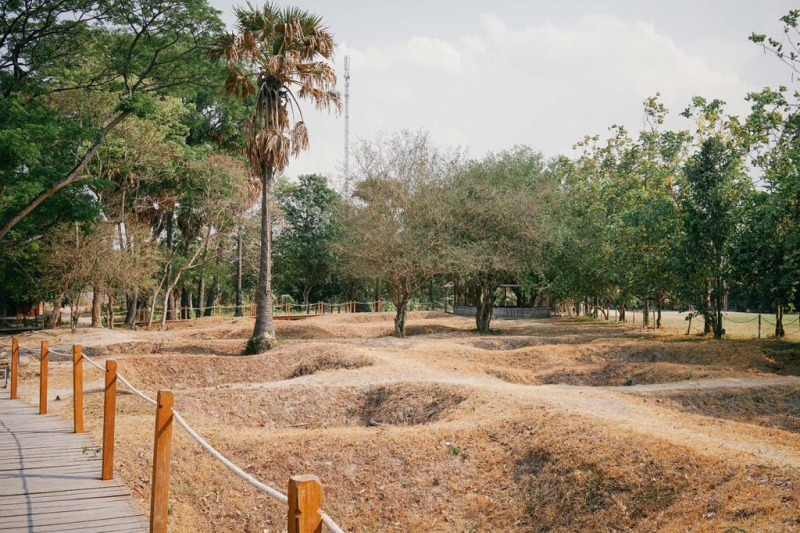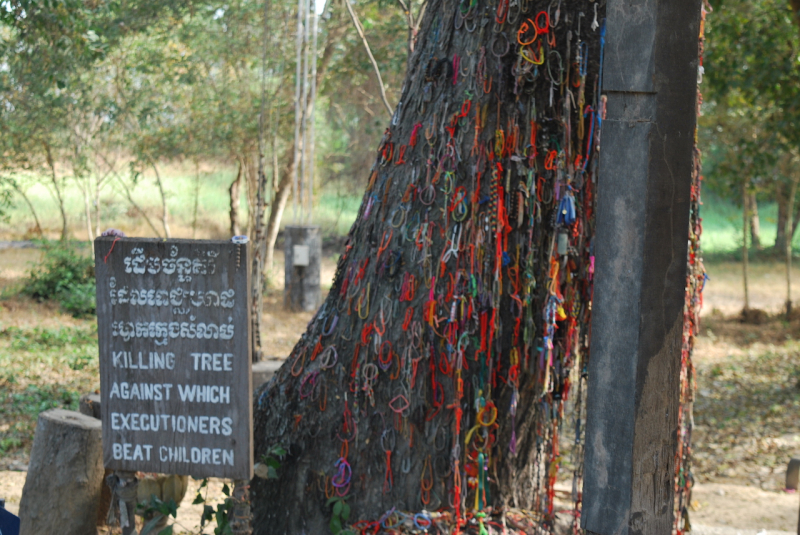The Killing Fields of Cambodia
The Khmer Rouge administration (the Communist Party of Kampuchea) ruled Cambodia from 1975 to 1979, immediately following the end of the Cambodian Civil War. At several locations known as "The Killing Fields," more than a million people were killed and interred during this time (1970–1975). The widespread perception is that the mass executions were a part of a larger state-sponsored genocide (the Cambodian genocide).
On the suburbs of Phnom Penh, the country's capital and largest city, there are several mass graves from this genocide. Tragically, Cambodia continues to be one of the countries most severely impacted by mines, cluster munitions, and other ERW, including ordnance dropped by American planes on covert operations during the Vietnam War.
The Tuol Sleng Genocide Museum, located on the grounds of a former secondary school that the Khmer Rouge dictatorship turned into an interrogation and detention facility, is one of the more somber reminders of this ancient kingdom's tragic past. The museum, which is centrally located in Phnom Penh, "preserves artifacts from a tragic time in Cambodian history in order to inspire tourists to be messengers of peace."
Country: Cambodia












